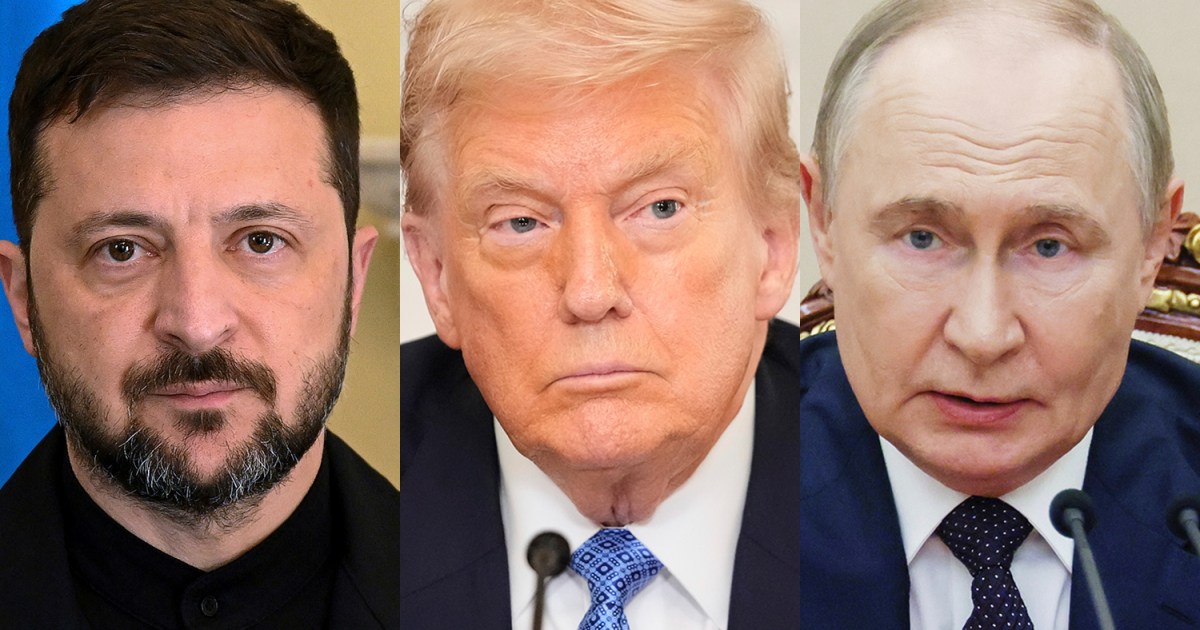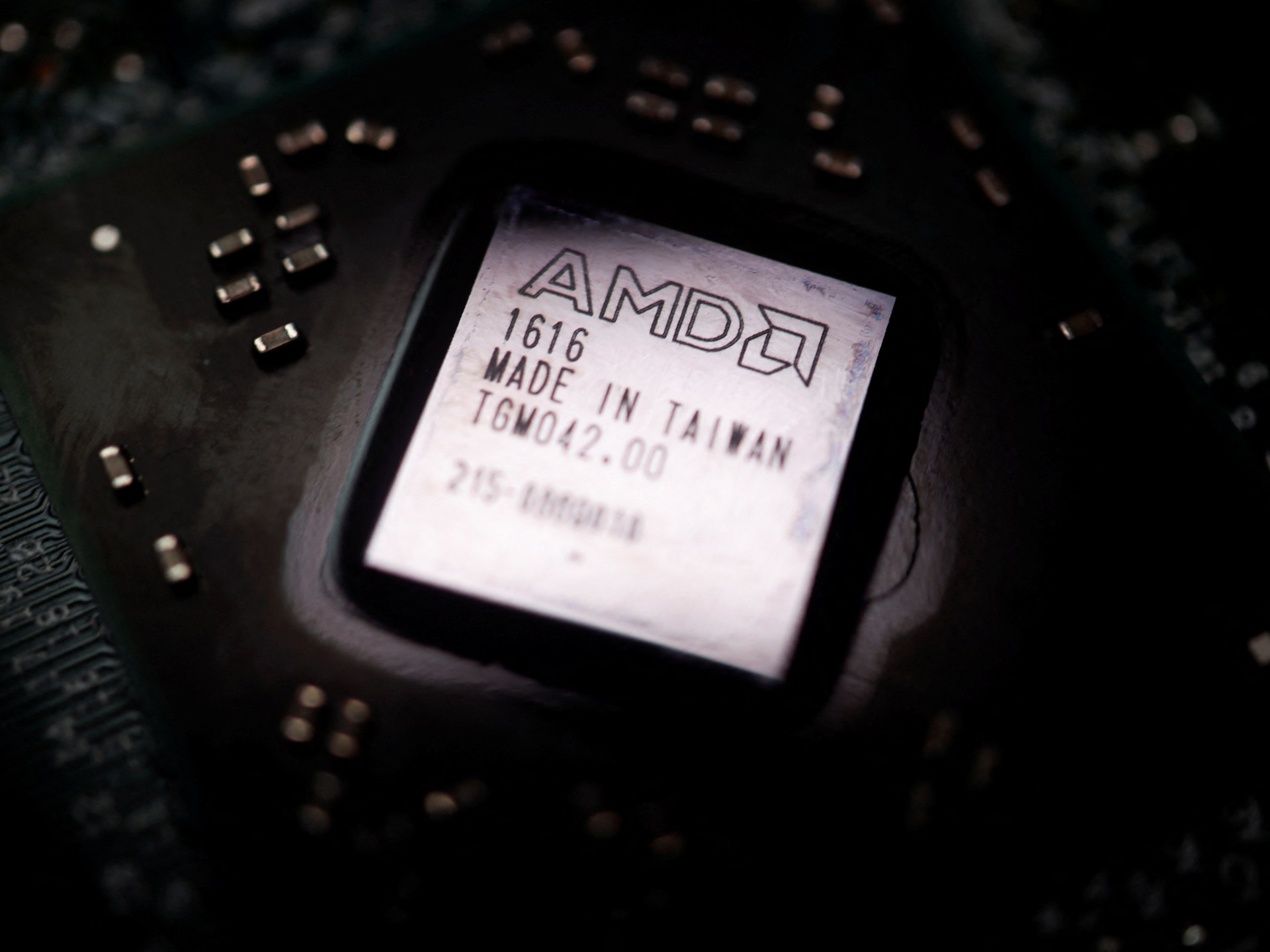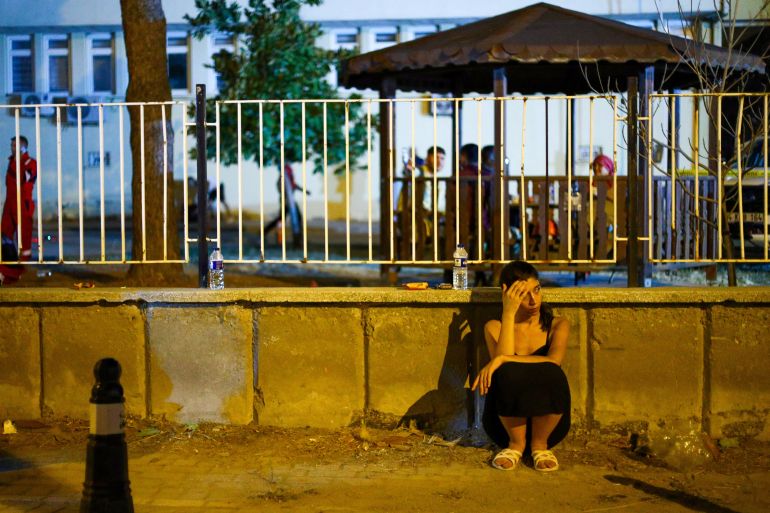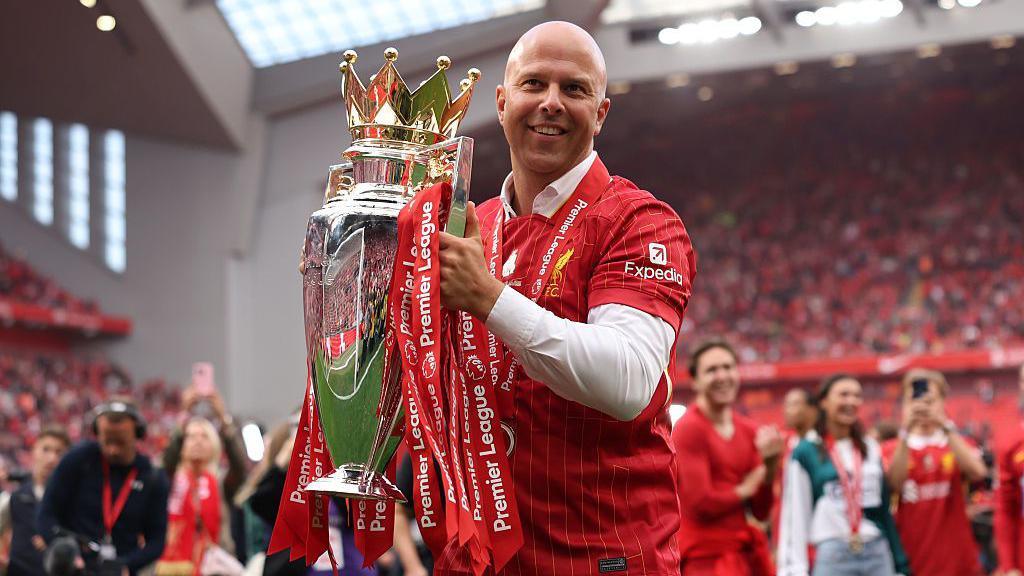Kyiv, Ukraine – Taras, a seasoned Ukrainian serviceman recovering from a contusion, expects “no miracles” from United States President Donald Trump’s August 15 summit with his Russian counterpart, Vladimir Putin.
“There’s going to be no miracles, no peace deal in a week, and Putin will try to make Trump believe that it is Ukraine that doesn’t want peace,” the fair-haired 32-year-old with a deep brown tan acquired in the trenches of eastern Ukraine, told Al Jazeera.
Taras, who spent more than three years on the front line and said he had recently shot down an explosives-laden Russian drone barging at him in a field covered with explosion craters, withheld his last name in accordance with the wartime protocol.
Putin wants to dupe Trump by pandering to the US president’s self-image as a peacemaker to avoid further economic sanctions, while the Russian leader seeks a major military breakthrough in eastern Ukraine, Taras said.
“Putin really believes that until this winter, he will seize something sizeable, or that [his troops] will break through the front line and will dictate terms to Ukraine,” Taras said.
As the Trump administration trumpets the upcoming Alaska summit as a major step towards securing a ceasefire, Ukrainians — civilians and military personnel — and experts are largely pessimistic about the outcomes of the meeting between the US and Russian presidents.
This is partly because of the facts on the ground in eastern Ukraine. Earlier this month, Russia intensified its push to seize key locations in the southeastern Donetsk region, ordering thousands of servicemen to conduct nearly-suicidal missions to infiltrate Ukrainian positions, guarded 24/7 by buzzing drones with night and thermal vision.
In the past three months, Russian forces have occupied some 1,500sq km (580 square miles), mostly in Donetsk, of which Russia controls about three-fourths, according to Ukrainian and Western estimates based on geolocated photos and videos.
The pace is slightly faster than in the past three years.
Within weeks after Moscow’s full-scale invasion began in February 2022, Russia controlled some 27 percent of Ukrainian territory. But Kyiv’s daring counteroffensive and Moscow’s inability to hold onto areas around the capital and in Ukraine’s north resulted in the loss of 9 percent of occupied lands by the fall of 2022.
Russia has since re-occupied less than 1 percent of Ukrainian territory, despite losing hundreds of thousands of servicemen, while pummelling Ukrainian cities almost daily with swarms of drones and missiles. Russia’s push to occupy a “buffer zone” in Ukraine’s northern Sumy region failed as Kyiv’s forces regained most of the occupied ground.
Ukraine also controls a tiny border area in Russia’s western Kursk region, where it started a successful offensive in August 2024, but lost most of its gains earlier this year.
The scepticism in Ukraine over the Alaska meeting is also driven by reports of what the US might offer Putin to try to convince him to stop fighting.
Reports — not denied by Washington — suggest that Trump might offer Moscow full control of Donetsk and the smaller neighbouring Luhansk region. In exchange, Moscow could offer a ceasefire and the freezing of the front line in other Ukrainian regions, as well as the retreat from tiny toeholds in Sumy and the northeastern Kharkiv region, according to the reports.
But to give up Donetsk, Kyiv would have to vacate a “fortress belt” that stretches some 50km (31 miles) along a strategic highway between the towns of Kostiantynivka and Sloviansk.
Donetsk’s surrender would “position Russian forces extremely well to renew their attacks on much more favorable terms, having avoided a long and bloody struggle for the ground,” the Institute for the Study of War, a US think tank, said on Friday.
Ukrainian President Volodymyr Zelenskyy has said that Ukraine will not “gift” its land, and that it needs firm security guarantees from the West.
“We don’t need a pause in killings, but a real, long peace. Not a ceasefire some time in the future, in months, but now,” he said in a televised address on Saturday.
Some civilian Ukrainians hold a gloomy view on the prospects of peace, believing that Kyiv’s tilt towards democracy and presumed eventual membership in the European Union, and Moscow’s “imperialistic nature” set up an equation that prevents a sustainable diplomatic solution.
“The war will go on until [either] Ukraine or Russia exist,” Iryna Kvasnevska, a biology teacher in Kyiv whose first cousin was killed in eastern Ukraine in 2023, told Al Jazeera.
But the lack of trust in the Alaska summit for many Ukrainians also stems from a deep lack of faith in Trump himself.
Despite Trump’s recent change in rhetoric and growing public dissatisfaction with Moscow’s reluctance to end the hostilities, the US president has a history of blaming Ukraine – for the war and its demands of its allies – while some of his negotiators have repeated Moscow’s talking points. It is also unclear whether Zelenskyy will be invited to a trilateral meet with Trump and Putin in Alaska, or whether the US will go ahead and seek to shape the future of Ukraine without Kyiv in the room.
“Trump has let us down several times, and the people who believe he won’t do it again are very naive, if not stupid,” Leonid Cherkasin, a retired colonel from the Black Sea port of Odesa who fought pro-Russian rebels in Donetsk in 2014-2015 and suffered contusions, shrapnel and bullet wounds, told Al Jazeera.
“He did threaten Putin a lot in recent weeks, but his actions don’t follow his words,” he said.
He referred to Trump’s pledges during his re-election campaign to “end the war in 24 hours”, and his ultimatums to impose crippling sanctions on Russia if Putin does not show progress in a peace settlement.
Trump’s ultimatum to Putin, initially 50 days long, was reduced to “10 to 12 days” and ended on Friday, one day after the Alaska summit was announced.
Military analysts agree that Putin will not bow to Trump’s and Zelenskyy’s demands.
Meanwhile, the very fact of a face-to-face with Trump heralds a diplomatic victory for Putin, who has become a political pariah in the West and faces child abduction charges that have led the International Criminal Court to issue an arrest warrant against him. Putin last visited the US for bilateral meetings in 2007, only coming for UN summits after that, but not visiting the country since the warrant was issued.
“What’s paramount for Putin is the fact of his conversation with Trump as equals,” Nikolay Mitrokhin, a researcher with Germany’s Bremen University, told Al Jazeera.
“I think the deal will be limited to an agreement on cessation of air strikes, and Putin will get three months to finalise the land operations – that is, to seize the [entire] Donetsk region.”
An air ceasefire may benefit Russia, as it can amass thousands of drones and hundreds of missiles for future attacks. The ceasefire will also stop Ukraine’s increasingly successful drone strikes on military sites, ammunition depots, airfields and oil refineries in Russia or occupied Ukrainian regions.







